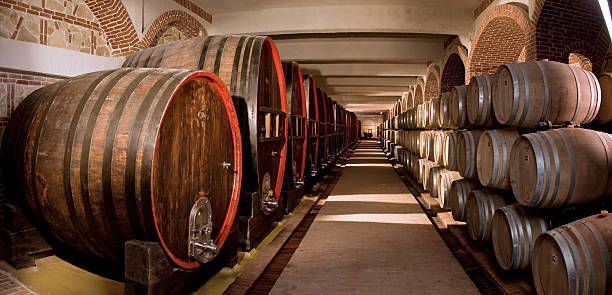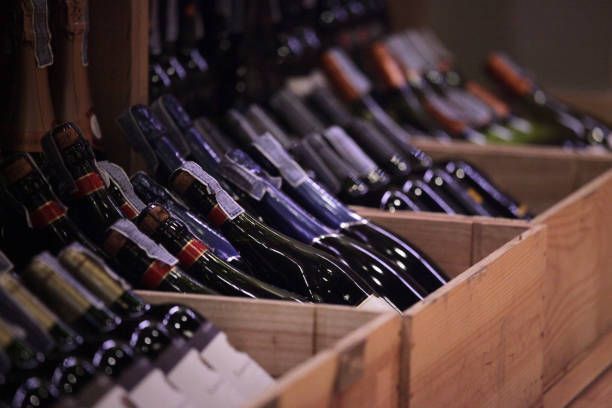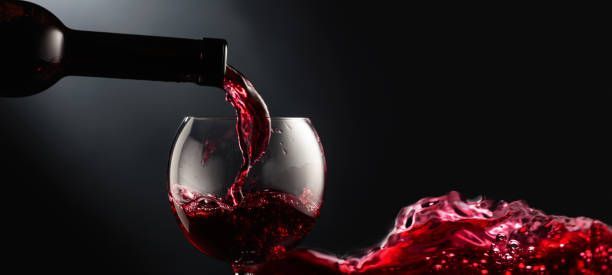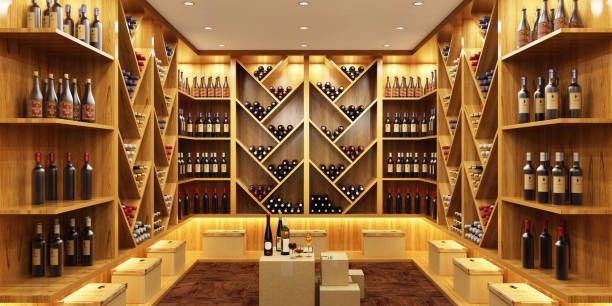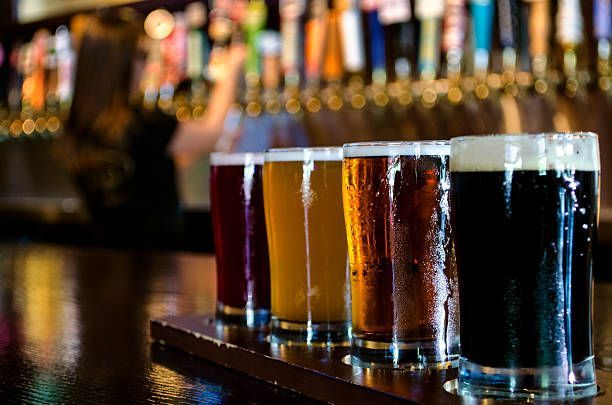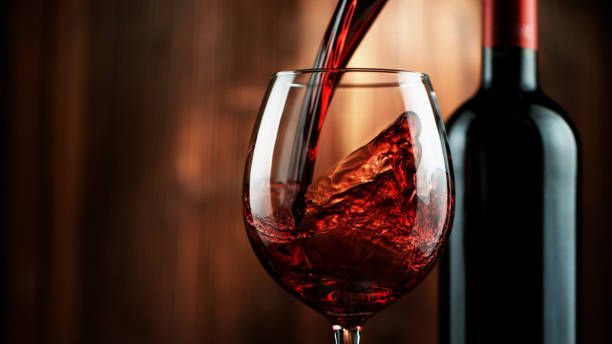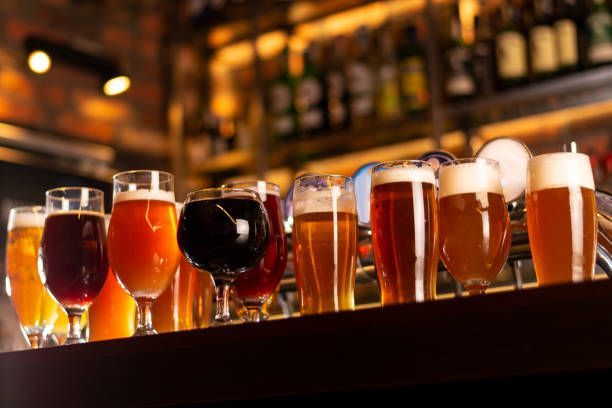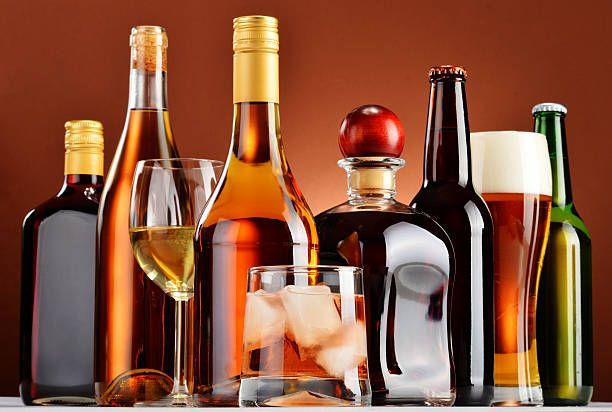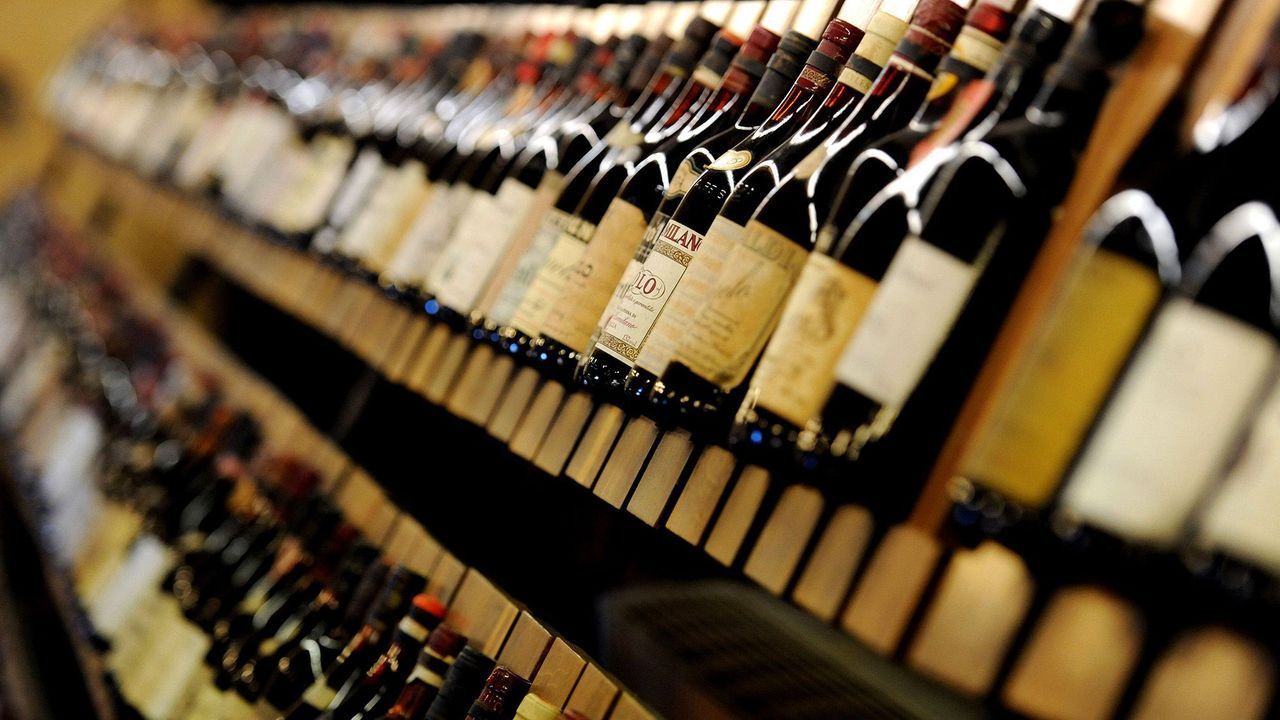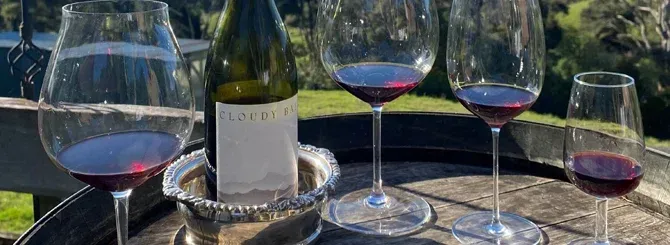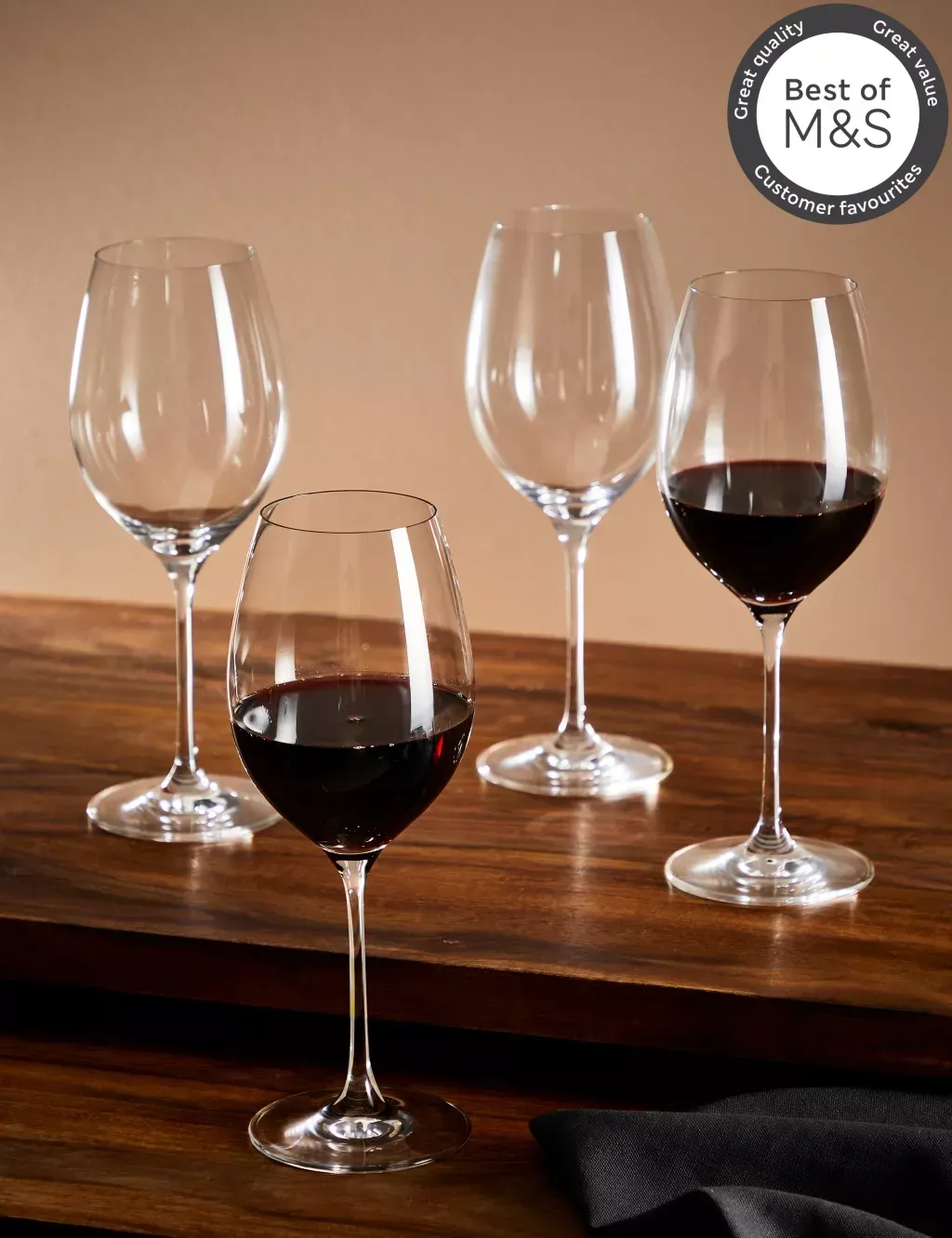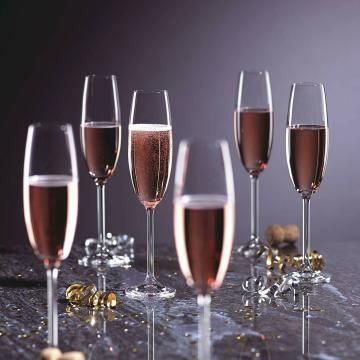The bowl of a wine glass is the most important part of the glass. It's where the wine is held and where it comes in contact with air, which is essential for the wine's aroma and flavor to develop. The shape of the bowl can greatly affect the wine tasting experience. A wider bowl is ideal for red wines, as it allows for more air exposure, while a narrower bowl is better for white wines, as it helps to retain the wine's aromas. The bowl can also be shaped differently depending on the variety of wine being served. For example, a Pinot Noir glass will have a wider bowl than a Cabernet glass.
Understanding the Value of Wine Glasses
Wine glasses have been around for centuries and are an integral part of wine culture. The history of wine glasses can be traced back to ancient civilizations such as the Greeks and Romans who used vessels to hold their wine. Over time, the shape and design of wine glasses have evolved to enhance the wine tasting experience. Today, the importance of choosing the right wine glass cannot be overstated. The shape and size of a wine glass can greatly affect the aroma, flavor, and overall enjoyment of a wine. With so many different types of wine glasses available, it can be overwhelming to choose the right one. This blog will provide an overview of the types of wine glasses, the factors to consider when choosing a wine glass, and the proper care and maintenance of wine glasses. By the end of this blog, you'll have a better understanding of the role wine glasses play in the enjoyment of wine, and be equipped with the knowledge to choose the right glass for your next wine tasting.
Anatomy of a Wine Glass
Wine glasses are not just a vessel to hold wine, they are carefully crafted to enhance the wine tasting experience. The anatomy of a wine glass is composed of four main parts: the bowl, stem, foot, and lip. Each part plays a crucial role in the wine tasting process. In this blog, we'll explore the anatomy of a wine glass in detail.
Bowl
Stem
The stem of a wine glass is the part that connects the bowl to the foot. It's important to hold a wine glass by the stem, rather than the bowl, to prevent warming the wine with your hands. Holding the stem also allows for a better view of the wine's color and clarity.
Foot
The foot of a wine glass is the base that the glass sits on. It provides stability and balance to the glass. The foot can be round or flat, depending on the design of the glass.
Lip
Types of Wine Glasses
Choosing the right glass is essential for a complete wine tasting experience. Different types of wine require different glass shapes and sizes to enhance their aroma, flavor, and overall enjoyment. Explore the most common types of wine glasses and their specific characteristics below.
Red Wine Glasses
White Wine Glasses
White wine glasses are generally smaller in size than red wine glasses, with a narrower bowl to help preserve the wine's delicate aromas. The three main types of white wine glasses are:
- Chardonnay Glass: This glass has a wider bowl to allow for aeration of full-bodied white wines such as Chardonnay. The wider shape also helps to balance the wine's acidity.
- Sauvignon Blanc Glass: This glass has a narrow bowl and a smaller opening to concentrate the wine's floral and fruity aromas.
- Riesling Glass: This glass is tall and narrow, with a smaller opening, to preserve the delicate aromas of Riesling and other aromatic white wines.
Sparkling Wine Glasses
Sparkling wine glasses are designed to enhance the wine's effervescence and aroma. The two main types of sparkling wine glasses are:
- Flute Glass: This glass is tall and narrow, which helps to preserve the wine's bubbles and direct them to the top of the glass. It's commonly used for Champagne and other sparkling wines.
- Tulip Glass: This glass has a wider bowl than the flute glass, which allows for more aeration and releases
Dessert Wine Glasses
Factors to Consider When Choosing a Wine Glass
Selecting the right glass is just as important as selecting the right bottle. Here are the three main factors to consider when choosing a wine glass:
Wine Varietal
The first factor to consider when choosing a wine glass is the type of wine you will be drinking. Different wines have unique characteristics that require specific glass shapes and sizes to fully appreciate their aromas, flavors, and textures. For example, full-bodied red wines such as Cabernet Sauvignon and Merlot require larger glasses with wider bowls to allow for aeration, while lighter-bodied white wines such as Sauvignon Blanc and Riesling require narrower glasses to concentrate the aromas.
Glass Shape and Size
The shape and size of a wine glass can greatly affect the wine tasting experience. The bowl of the glass should be large enough to allow for aeration, but not too large that it becomes difficult to hold. The shape of the bowl should also be considered, as it can enhance the wine's aroma and flavor. For example, a narrower bowl is better for white wines, as it helps to preserve the delicate aromas, while a wider bowl is better for red wines, as it allows for more air exposure. The size of the opening can also affect the wine's aroma and flavor, with a smaller opening helping to concentrate the aromas towards the nose.
Material and Quality
The material and quality of a wine glass can also affect the wine tasting experience. Glass is the most common material for wine glasses, as it doesn't affect the taste of the wine. However, the quality of the glass can greatly affect how the wine is perceived. High-quality glass can enhance the clarity and color of the wine, while lower quality glass can affect the aromas and flavors. The thickness of the glass should also be considered, with thinner glasses providing a better mouthfeel and allowing for a smoother wine flow.
How to Properly Hold a Wine Glass
Wine is an elegant and sophisticated beverage that can enhance any occasion. However, to fully appreciate the flavors and aromas of wine, it's important to hold the glass properly. Here are some tips on how to properly hold a wine glass:
Stem vs. Bowl
Hold the wine glass by the stem, not the bowl. The stem is the part of the glass that connects the bowl to the foot, and holding the stem allows you to prevent warming the wine with your hands. Holding the stem also allows for a better view of the wine's color and clarity.
The Importance of Not Holding the Bowl
Holding the bowl can warm up the wine, which can affect its flavor and aroma. It can also cause the wine to lose its chill, which is particularly important for white and sparkling wines. Additionally, holding the bowl can leave fingerprints on the glass, which can affect its appearance.
Avoiding Fingerprints
To avoid leaving fingerprints on the glass, hold the stem of the wine glass with your thumb and index finger, and cradle the foot of the glass with your remaining fingers. This allows you to hold the glass securely without touching the bowl. Alternatively, you can hold the stem of the glass with your entire hand, but make sure to avoid touching the bowl.
Wine Glass Care and Maintenance
Caring for your wine glasses is crucial to maintaining their clarity and ensuring that they enhance the wine drinking experience. Here are some tips to keep your wine glasses in tip-top shape:
Cleaning
After each use, it's important to clean your wine glasses thoroughly to remove any wine residue or stains. Use warm water and mild dish soap, and gently clean the bowl and stem with a soft sponge or cloth. Avoid using abrasive cleaners or brushes, as these can scratch or damage the glass. Rinse the glasses thoroughly with warm water, and then dry them with a soft, lint-free cloth.
Storage
Proper storage of wine glasses is important to prevent damage or breakage. Store your glasses in a cabinet or on a shelf where they won't be knocked over or jostled. Avoid stacking glasses on top of each other, as this can cause scratches or chips. Consider investing in a wine glass storage rack or hanging them from the stem to prevent damage.
Replacement
Even with proper care and maintenance, wine glasses may eventually need to be replaced. Look for signs of wear and tear, such as scratches or chips, which can affect the clarity of the glass and the overall wine tasting experience. If a glass is damaged or broken, it's important to replace it immediately to prevent any safety hazards.
Proper care and maintenance of wine glasses is crucial for maintaining their clarity and enhancing the wine drinking experience. Cleaning your glasses thoroughly after each use with warm water and mild dish soap is important, as well as avoiding abrasive cleaners or brushes. Proper storage can prevent damage or breakage, and investing in a wine glass storage rack or hanging them from the stem can help. Look for signs of wear and tear to know when to replace glasses, as scratches or chips can affect clarity and overall enjoyment. Remember to hold the stem, not the bowl, to prevent warming the wine with your hands, and avoid leaving fingerprints on the glass. By following these tips, you can ensure that your wine glasses are in tip-top shape for many enjoyable wine-tasting experiences to come.
It is important to choose the right wine glass for a complete wine tasting experience. Today, we’ve covered the anatomy of a wine glass, the types of wine glasses, factors to consider when choosing a wine glass, how to properly hold a wine glass, and wine glass care and maintenance. Understanding the shape, size, and material of a wine glass can greatly affect the aroma, flavor, and overall enjoyment of wine. Properly holding and caring for wine glasses can enhance the wine drinking experience and prevent damage or breakage.
